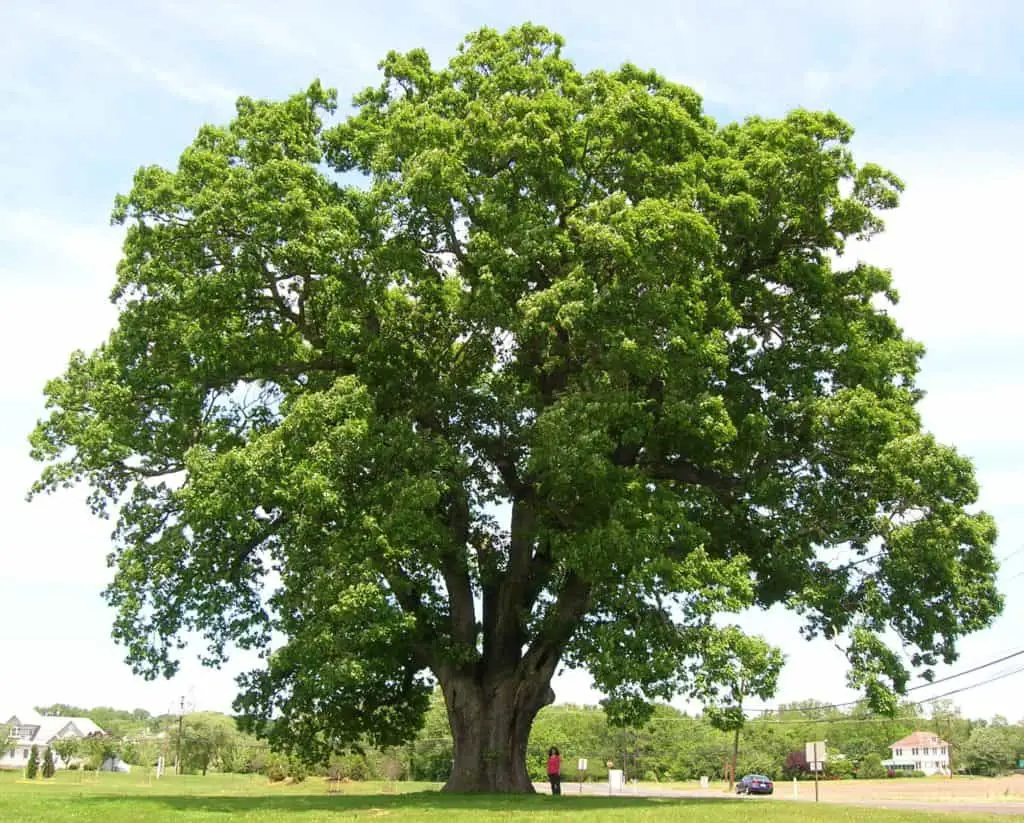Wood glue, also known as carpenter’s glue or woodworking adhesive, is a type of adhesive that is specifically designed for use in woodworking projects. It is used to bond pieces of wood together, creating a strong and durable joint.
Wood glue can be made from a variety of materials, including polyvinyl acetate (PVA), epoxy, hide glue, cyanoacrylate (CA), and polyurethane. Each type of wood glue has its own unique properties and is suited for different types of projects.
Here are 15 disadvantages of wood glue and explanations of what you should know about these disadvantages:
15 Disadvantages of wood glue
Long curing time:
Wood glue can take a long time to cure, sometimes up to 24 hours or more. This can slow down the woodworking process and make it difficult to move on to the next steps of a project.
Not heat resistant:
Wood glue can lose its strength when exposed to high temperatures. This can be a problem if the finished project will be exposed to heat or sunlight.
Not waterproof:
Most wood glues are not waterproof, meaning they will not hold up well in wet environments or if exposed to water. This can be a problem if the finished project will be used outdoors or in a damp environment.
Not gap-filling:
Wood glue is not effective at filling gaps between pieces of wood. This can be a problem if the wood pieces being joined have gaps or if the joint needs to be strong but not perfectly tight.
Not sandable:
Some types of wood glue can be difficult to sand once they have cured. This can be a problem if the finished project needs to be sanded or if excess glue needs to be removed.
Not stainable:
Certain types of wood glue can interfere with the staining process, making it difficult to achieve the desired finish.
Can be messy:
Wood glue can be messy and difficult to clean up. It can also stain clothing and other materials.
Can cause skin irritation:
Some types of wood glue can cause skin irritation or allergic reactions. It is important to wear gloves and take other safety precautions when using wood glue.
Can emit harmful fumes:
Certain types of wood glue can emit harmful fumes when they are curing. It is important to use wood glue in a well-ventilated area and to avoid inhaling the fumes.
Can be difficult to remove:
Once wood glue has cured, it can be difficult to remove without damaging the wood.
Can be expensive:
Some types of wood glue can be expensive, especially if they are specialized or high-quality.
Can weaken over time:
Wood glue can weaken over time, especially if it is exposed to heat, moisture, or other environmental factors.
Can be brittle:
Some types of wood glue can become brittle over time, which can cause the joint to fail.
Can require clamping:
To achieve a strong joint, wood glue often needs to be clamped while it is curing. This can be time-consuming and may require specialized tools.
May not bond well with certain types of wood:
Certain types of wood, such as oily or resinous woods, may not bond well with certain types of wood glue. It is important to choose the right type of glue for the project and the type of wood being used.
What you should know about these disadvantages:
It is important to be aware of the disadvantages of wood glue so that you can make informed decisions about when and how to use it.
Some of these disadvantages, such as long curing times and the need for clamping, can be mitigated with careful planning and preparation.
Other disadvantages, such as the lack of waterproofing or gap-filling properties, may require you to choose a different adhesive or to use additional techniques to achieve the desired result.
It is also important to follow safety precautions when using wood glue and to be aware of the potential for skin irritation, harmful fumes, and other hazards.




